Latest News
News Updates
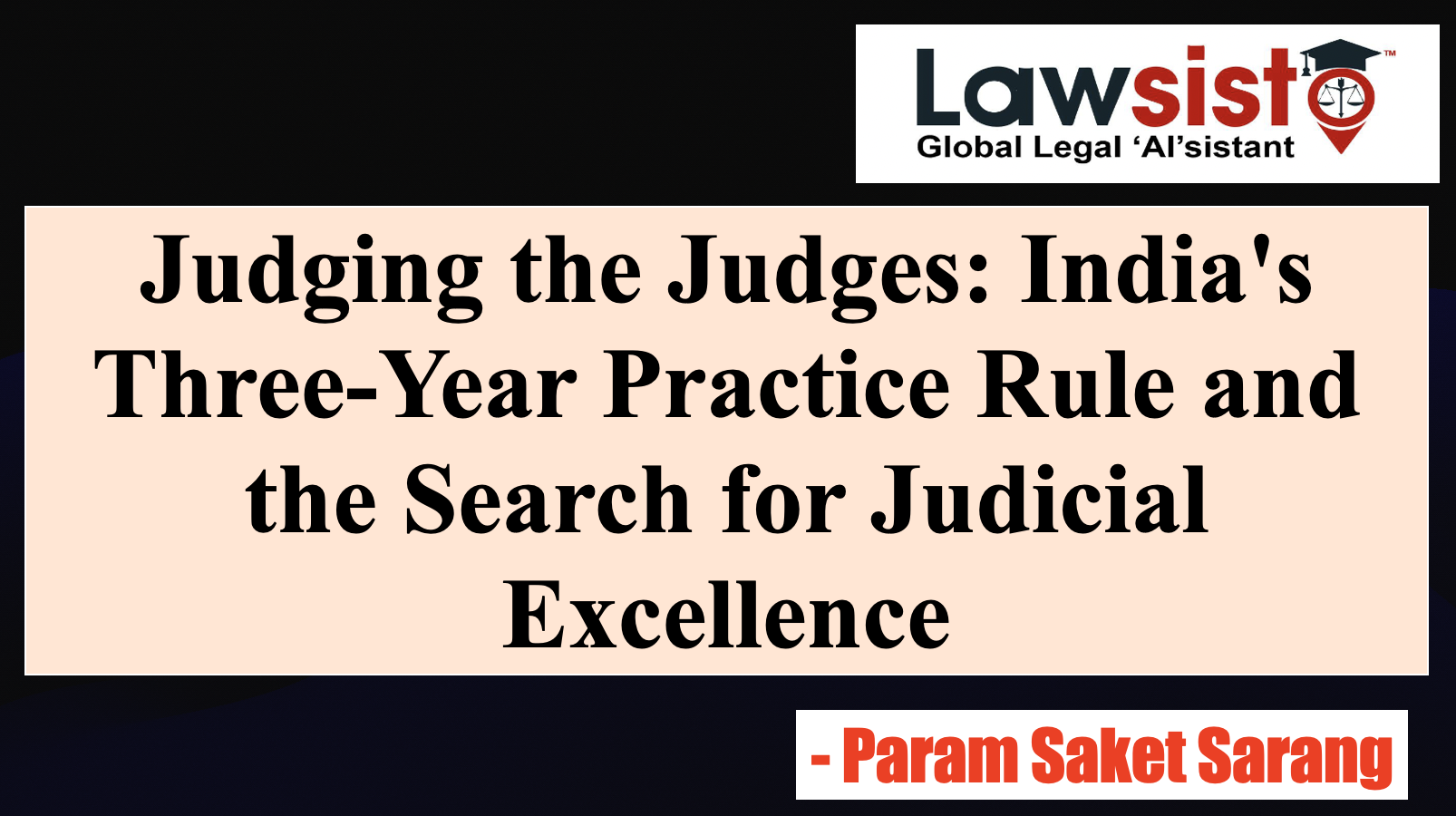
A PHP Error was encountered
Severity: Notice
Message: Undefined variable: r
Filename: views/legal_news.php
Line Number: 759
Backtrace:
File: /var/www/html/lawsisto/application/modules/welcome/views/legal_news.php
Line: 759
Function: _error_handler
File: /var/www/html/lawsisto/application/third_party/MX/Loader.php
Line: 357
Function: include
File: /var/www/html/lawsisto/application/third_party/MX/Loader.php
Line: 300
Function: _ci_load
File: /var/www/html/lawsisto/application/modules/welcome/views/layout/include.php
Line: 7
Function: view
File: /var/www/html/lawsisto/application/third_party/MX/Loader.php
Line: 357
Function: include
File: /var/www/html/lawsisto/application/third_party/MX/Loader.php
Line: 300
Function: _ci_load
File: /var/www/html/lawsisto/application/modules/welcome/controllers/Legal_news.php
Line: 145
Function: view
File: /var/www/html/lawsisto/index.php
Line: 315
Function: require_once
A PHP Error was encountered
Severity: Notice
Message: Trying to get property of non-object
Filename: views/legal_news.php
Line Number: 759
Backtrace:
File: /var/www/html/lawsisto/application/modules/welcome/views/legal_news.php
Line: 759
Function: _error_handler
File: /var/www/html/lawsisto/application/third_party/MX/Loader.php
Line: 357
Function: include
File: /var/www/html/lawsisto/application/third_party/MX/Loader.php
Line: 300
Function: _ci_load
File: /var/www/html/lawsisto/application/modules/welcome/views/layout/include.php
Line: 7
Function: view
File: /var/www/html/lawsisto/application/third_party/MX/Loader.php
Line: 357
Function: include
File: /var/www/html/lawsisto/application/third_party/MX/Loader.php
Line: 300
Function: _ci_load
File: /var/www/html/lawsisto/application/modules/welcome/controllers/Legal_news.php
Line: 145
Function: view
File: /var/www/html/lawsisto/index.php
Line: 315
Function: require_once

A PHP Error was encountered
Severity: Notice
Message: Undefined variable: r
Filename: views/legal_news.php
Line Number: 759
Backtrace:
File: /var/www/html/lawsisto/application/modules/welcome/views/legal_news.php
Line: 759
Function: _error_handler
File: /var/www/html/lawsisto/application/third_party/MX/Loader.php
Line: 357
Function: include
File: /var/www/html/lawsisto/application/third_party/MX/Loader.php
Line: 300
Function: _ci_load
File: /var/www/html/lawsisto/application/modules/welcome/views/layout/include.php
Line: 7
Function: view
File: /var/www/html/lawsisto/application/third_party/MX/Loader.php
Line: 357
Function: include
File: /var/www/html/lawsisto/application/third_party/MX/Loader.php
Line: 300
Function: _ci_load
File: /var/www/html/lawsisto/application/modules/welcome/controllers/Legal_news.php
Line: 145
Function: view
File: /var/www/html/lawsisto/index.php
Line: 315
Function: require_once
A PHP Error was encountered
Severity: Notice
Message: Trying to get property of non-object
Filename: views/legal_news.php
Line Number: 759
Backtrace:
File: /var/www/html/lawsisto/application/modules/welcome/views/legal_news.php
Line: 759
Function: _error_handler
File: /var/www/html/lawsisto/application/third_party/MX/Loader.php
Line: 357
Function: include
File: /var/www/html/lawsisto/application/third_party/MX/Loader.php
Line: 300
Function: _ci_load
File: /var/www/html/lawsisto/application/modules/welcome/views/layout/include.php
Line: 7
Function: view
File: /var/www/html/lawsisto/application/third_party/MX/Loader.php
Line: 357
Function: include
File: /var/www/html/lawsisto/application/third_party/MX/Loader.php
Line: 300
Function: _ci_load
File: /var/www/html/lawsisto/application/modules/welcome/controllers/Legal_news.php
Line: 145
Function: view
File: /var/www/html/lawsisto/index.php
Line: 315
Function: require_once

A PHP Error was encountered
Severity: Notice
Message: Undefined variable: r
Filename: views/legal_news.php
Line Number: 759
Backtrace:
File: /var/www/html/lawsisto/application/modules/welcome/views/legal_news.php
Line: 759
Function: _error_handler
File: /var/www/html/lawsisto/application/third_party/MX/Loader.php
Line: 357
Function: include
File: /var/www/html/lawsisto/application/third_party/MX/Loader.php
Line: 300
Function: _ci_load
File: /var/www/html/lawsisto/application/modules/welcome/views/layout/include.php
Line: 7
Function: view
File: /var/www/html/lawsisto/application/third_party/MX/Loader.php
Line: 357
Function: include
File: /var/www/html/lawsisto/application/third_party/MX/Loader.php
Line: 300
Function: _ci_load
File: /var/www/html/lawsisto/application/modules/welcome/controllers/Legal_news.php
Line: 145
Function: view
File: /var/www/html/lawsisto/index.php
Line: 315
Function: require_once
A PHP Error was encountered
Severity: Notice
Message: Trying to get property of non-object
Filename: views/legal_news.php
Line Number: 759
Backtrace:
File: /var/www/html/lawsisto/application/modules/welcome/views/legal_news.php
Line: 759
Function: _error_handler
File: /var/www/html/lawsisto/application/third_party/MX/Loader.php
Line: 357
Function: include
File: /var/www/html/lawsisto/application/third_party/MX/Loader.php
Line: 300
Function: _ci_load
File: /var/www/html/lawsisto/application/modules/welcome/views/layout/include.php
Line: 7
Function: view
File: /var/www/html/lawsisto/application/third_party/MX/Loader.php
Line: 357
Function: include
File: /var/www/html/lawsisto/application/third_party/MX/Loader.php
Line: 300
Function: _ci_load
File: /var/www/html/lawsisto/application/modules/welcome/controllers/Legal_news.php
Line: 145
Function: view
File: /var/www/html/lawsisto/index.php
Line: 315
Function: require_once
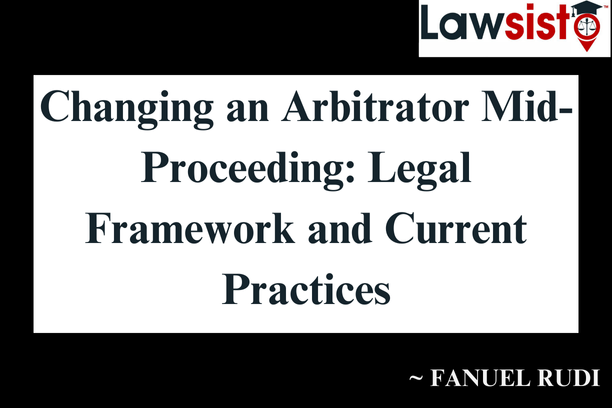
A PHP Error was encountered
Severity: Notice
Message: Undefined variable: r
Filename: views/legal_news.php
Line Number: 759
Backtrace:
File: /var/www/html/lawsisto/application/modules/welcome/views/legal_news.php
Line: 759
Function: _error_handler
File: /var/www/html/lawsisto/application/third_party/MX/Loader.php
Line: 357
Function: include
File: /var/www/html/lawsisto/application/third_party/MX/Loader.php
Line: 300
Function: _ci_load
File: /var/www/html/lawsisto/application/modules/welcome/views/layout/include.php
Line: 7
Function: view
File: /var/www/html/lawsisto/application/third_party/MX/Loader.php
Line: 357
Function: include
File: /var/www/html/lawsisto/application/third_party/MX/Loader.php
Line: 300
Function: _ci_load
File: /var/www/html/lawsisto/application/modules/welcome/controllers/Legal_news.php
Line: 145
Function: view
File: /var/www/html/lawsisto/index.php
Line: 315
Function: require_once
A PHP Error was encountered
Severity: Notice
Message: Trying to get property of non-object
Filename: views/legal_news.php
Line Number: 759
Backtrace:
File: /var/www/html/lawsisto/application/modules/welcome/views/legal_news.php
Line: 759
Function: _error_handler
File: /var/www/html/lawsisto/application/third_party/MX/Loader.php
Line: 357
Function: include
File: /var/www/html/lawsisto/application/third_party/MX/Loader.php
Line: 300
Function: _ci_load
File: /var/www/html/lawsisto/application/modules/welcome/views/layout/include.php
Line: 7
Function: view
File: /var/www/html/lawsisto/application/third_party/MX/Loader.php
Line: 357
Function: include
File: /var/www/html/lawsisto/application/third_party/MX/Loader.php
Line: 300
Function: _ci_load
File: /var/www/html/lawsisto/application/modules/welcome/controllers/Legal_news.php
Line: 145
Function: view
File: /var/www/html/lawsisto/index.php
Line: 315
Function: require_once

A PHP Error was encountered
Severity: Notice
Message: Undefined variable: r
Filename: views/legal_news.php
Line Number: 759
Backtrace:
File: /var/www/html/lawsisto/application/modules/welcome/views/legal_news.php
Line: 759
Function: _error_handler
File: /var/www/html/lawsisto/application/third_party/MX/Loader.php
Line: 357
Function: include
File: /var/www/html/lawsisto/application/third_party/MX/Loader.php
Line: 300
Function: _ci_load
File: /var/www/html/lawsisto/application/modules/welcome/views/layout/include.php
Line: 7
Function: view
File: /var/www/html/lawsisto/application/third_party/MX/Loader.php
Line: 357
Function: include
File: /var/www/html/lawsisto/application/third_party/MX/Loader.php
Line: 300
Function: _ci_load
File: /var/www/html/lawsisto/application/modules/welcome/controllers/Legal_news.php
Line: 145
Function: view
File: /var/www/html/lawsisto/index.php
Line: 315
Function: require_once
A PHP Error was encountered
Severity: Notice
Message: Trying to get property of non-object
Filename: views/legal_news.php
Line Number: 759
Backtrace:
File: /var/www/html/lawsisto/application/modules/welcome/views/legal_news.php
Line: 759
Function: _error_handler
File: /var/www/html/lawsisto/application/third_party/MX/Loader.php
Line: 357
Function: include
File: /var/www/html/lawsisto/application/third_party/MX/Loader.php
Line: 300
Function: _ci_load
File: /var/www/html/lawsisto/application/modules/welcome/views/layout/include.php
Line: 7
Function: view
File: /var/www/html/lawsisto/application/third_party/MX/Loader.php
Line: 357
Function: include
File: /var/www/html/lawsisto/application/third_party/MX/Loader.php
Line: 300
Function: _ci_load
File: /var/www/html/lawsisto/application/modules/welcome/controllers/Legal_news.php
Line: 145
Function: view
File: /var/www/html/lawsisto/index.php
Line: 315
Function: require_once
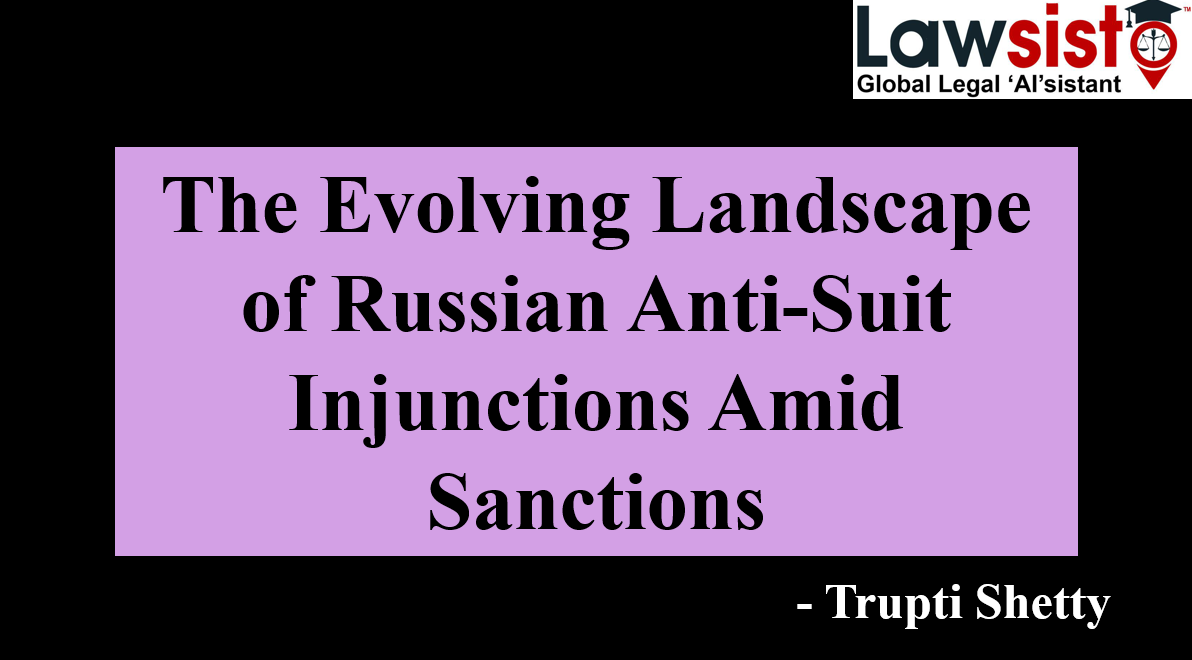
A PHP Error was encountered
Severity: Notice
Message: Undefined variable: r
Filename: views/legal_news.php
Line Number: 759
Backtrace:
File: /var/www/html/lawsisto/application/modules/welcome/views/legal_news.php
Line: 759
Function: _error_handler
File: /var/www/html/lawsisto/application/third_party/MX/Loader.php
Line: 357
Function: include
File: /var/www/html/lawsisto/application/third_party/MX/Loader.php
Line: 300
Function: _ci_load
File: /var/www/html/lawsisto/application/modules/welcome/views/layout/include.php
Line: 7
Function: view
File: /var/www/html/lawsisto/application/third_party/MX/Loader.php
Line: 357
Function: include
File: /var/www/html/lawsisto/application/third_party/MX/Loader.php
Line: 300
Function: _ci_load
File: /var/www/html/lawsisto/application/modules/welcome/controllers/Legal_news.php
Line: 145
Function: view
File: /var/www/html/lawsisto/index.php
Line: 315
Function: require_once
A PHP Error was encountered
Severity: Notice
Message: Trying to get property of non-object
Filename: views/legal_news.php
Line Number: 759
Backtrace:
File: /var/www/html/lawsisto/application/modules/welcome/views/legal_news.php
Line: 759
Function: _error_handler
File: /var/www/html/lawsisto/application/third_party/MX/Loader.php
Line: 357
Function: include
File: /var/www/html/lawsisto/application/third_party/MX/Loader.php
Line: 300
Function: _ci_load
File: /var/www/html/lawsisto/application/modules/welcome/views/layout/include.php
Line: 7
Function: view
File: /var/www/html/lawsisto/application/third_party/MX/Loader.php
Line: 357
Function: include
File: /var/www/html/lawsisto/application/third_party/MX/Loader.php
Line: 300
Function: _ci_load
File: /var/www/html/lawsisto/application/modules/welcome/controllers/Legal_news.php
Line: 145
Function: view
File: /var/www/html/lawsisto/index.php
Line: 315
Function: require_once

A PHP Error was encountered
Severity: Notice
Message: Undefined variable: r
Filename: views/legal_news.php
Line Number: 759
Backtrace:
File: /var/www/html/lawsisto/application/modules/welcome/views/legal_news.php
Line: 759
Function: _error_handler
File: /var/www/html/lawsisto/application/third_party/MX/Loader.php
Line: 357
Function: include
File: /var/www/html/lawsisto/application/third_party/MX/Loader.php
Line: 300
Function: _ci_load
File: /var/www/html/lawsisto/application/modules/welcome/views/layout/include.php
Line: 7
Function: view
File: /var/www/html/lawsisto/application/third_party/MX/Loader.php
Line: 357
Function: include
File: /var/www/html/lawsisto/application/third_party/MX/Loader.php
Line: 300
Function: _ci_load
File: /var/www/html/lawsisto/application/modules/welcome/controllers/Legal_news.php
Line: 145
Function: view
File: /var/www/html/lawsisto/index.php
Line: 315
Function: require_once
A PHP Error was encountered
Severity: Notice
Message: Trying to get property of non-object
Filename: views/legal_news.php
Line Number: 759
Backtrace:
File: /var/www/html/lawsisto/application/modules/welcome/views/legal_news.php
Line: 759
Function: _error_handler
File: /var/www/html/lawsisto/application/third_party/MX/Loader.php
Line: 357
Function: include
File: /var/www/html/lawsisto/application/third_party/MX/Loader.php
Line: 300
Function: _ci_load
File: /var/www/html/lawsisto/application/modules/welcome/views/layout/include.php
Line: 7
Function: view
File: /var/www/html/lawsisto/application/third_party/MX/Loader.php
Line: 357
Function: include
File: /var/www/html/lawsisto/application/third_party/MX/Loader.php
Line: 300
Function: _ci_load
File: /var/www/html/lawsisto/application/modules/welcome/controllers/Legal_news.php
Line: 145
Function: view
File: /var/www/html/lawsisto/index.php
Line: 315
Function: require_once
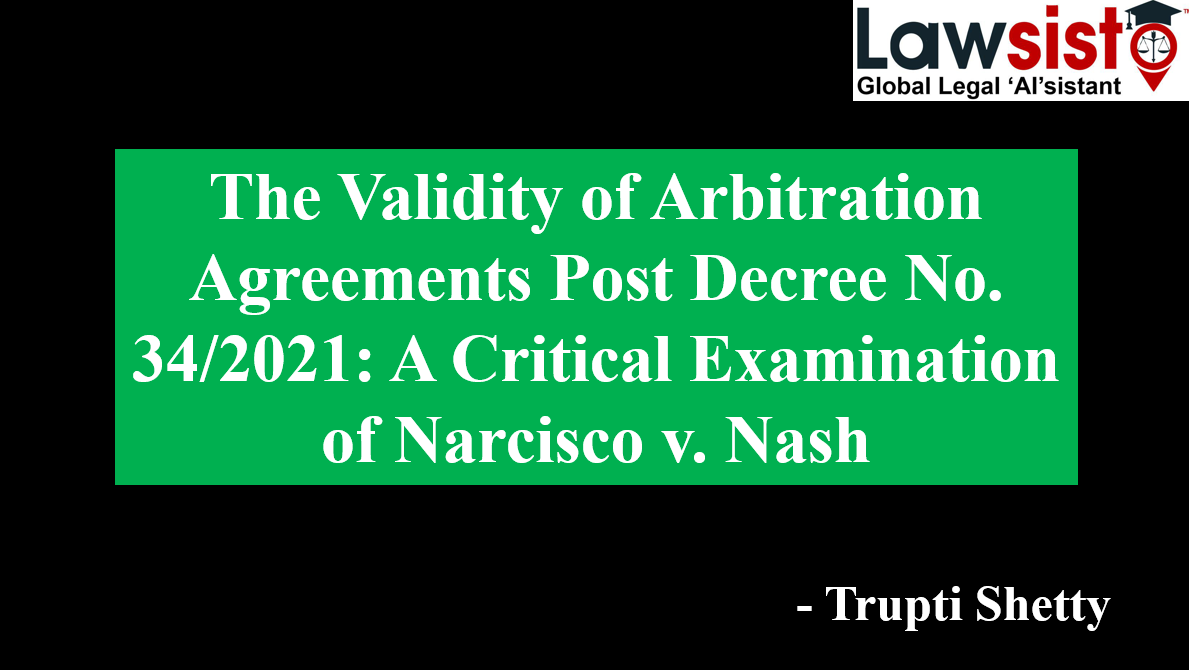
A PHP Error was encountered
Severity: Notice
Message: Undefined variable: r
Filename: views/legal_news.php
Line Number: 759
Backtrace:
File: /var/www/html/lawsisto/application/modules/welcome/views/legal_news.php
Line: 759
Function: _error_handler
File: /var/www/html/lawsisto/application/third_party/MX/Loader.php
Line: 357
Function: include
File: /var/www/html/lawsisto/application/third_party/MX/Loader.php
Line: 300
Function: _ci_load
File: /var/www/html/lawsisto/application/modules/welcome/views/layout/include.php
Line: 7
Function: view
File: /var/www/html/lawsisto/application/third_party/MX/Loader.php
Line: 357
Function: include
File: /var/www/html/lawsisto/application/third_party/MX/Loader.php
Line: 300
Function: _ci_load
File: /var/www/html/lawsisto/application/modules/welcome/controllers/Legal_news.php
Line: 145
Function: view
File: /var/www/html/lawsisto/index.php
Line: 315
Function: require_once
A PHP Error was encountered
Severity: Notice
Message: Trying to get property of non-object
Filename: views/legal_news.php
Line Number: 759
Backtrace:
File: /var/www/html/lawsisto/application/modules/welcome/views/legal_news.php
Line: 759
Function: _error_handler
File: /var/www/html/lawsisto/application/third_party/MX/Loader.php
Line: 357
Function: include
File: /var/www/html/lawsisto/application/third_party/MX/Loader.php
Line: 300
Function: _ci_load
File: /var/www/html/lawsisto/application/modules/welcome/views/layout/include.php
Line: 7
Function: view
File: /var/www/html/lawsisto/application/third_party/MX/Loader.php
Line: 357
Function: include
File: /var/www/html/lawsisto/application/third_party/MX/Loader.php
Line: 300
Function: _ci_load
File: /var/www/html/lawsisto/application/modules/welcome/controllers/Legal_news.php
Line: 145
Function: view
File: /var/www/html/lawsisto/index.php
Line: 315
Function: require_once

A PHP Error was encountered
Severity: Notice
Message: Undefined variable: r
Filename: views/legal_news.php
Line Number: 759
Backtrace:
File: /var/www/html/lawsisto/application/modules/welcome/views/legal_news.php
Line: 759
Function: _error_handler
File: /var/www/html/lawsisto/application/third_party/MX/Loader.php
Line: 357
Function: include
File: /var/www/html/lawsisto/application/third_party/MX/Loader.php
Line: 300
Function: _ci_load
File: /var/www/html/lawsisto/application/modules/welcome/views/layout/include.php
Line: 7
Function: view
File: /var/www/html/lawsisto/application/third_party/MX/Loader.php
Line: 357
Function: include
File: /var/www/html/lawsisto/application/third_party/MX/Loader.php
Line: 300
Function: _ci_load
File: /var/www/html/lawsisto/application/modules/welcome/controllers/Legal_news.php
Line: 145
Function: view
File: /var/www/html/lawsisto/index.php
Line: 315
Function: require_once
A PHP Error was encountered
Severity: Notice
Message: Trying to get property of non-object
Filename: views/legal_news.php
Line Number: 759
Backtrace:
File: /var/www/html/lawsisto/application/modules/welcome/views/legal_news.php
Line: 759
Function: _error_handler
File: /var/www/html/lawsisto/application/third_party/MX/Loader.php
Line: 357
Function: include
File: /var/www/html/lawsisto/application/third_party/MX/Loader.php
Line: 300
Function: _ci_load
File: /var/www/html/lawsisto/application/modules/welcome/views/layout/include.php
Line: 7
Function: view
File: /var/www/html/lawsisto/application/third_party/MX/Loader.php
Line: 357
Function: include
File: /var/www/html/lawsisto/application/third_party/MX/Loader.php
Line: 300
Function: _ci_load
File: /var/www/html/lawsisto/application/modules/welcome/controllers/Legal_news.php
Line: 145
Function: view
File: /var/www/html/lawsisto/index.php
Line: 315
Function: require_once

A PHP Error was encountered
Severity: Notice
Message: Undefined variable: r
Filename: views/legal_news.php
Line Number: 759
Backtrace:
File: /var/www/html/lawsisto/application/modules/welcome/views/legal_news.php
Line: 759
Function: _error_handler
File: /var/www/html/lawsisto/application/third_party/MX/Loader.php
Line: 357
Function: include
File: /var/www/html/lawsisto/application/third_party/MX/Loader.php
Line: 300
Function: _ci_load
File: /var/www/html/lawsisto/application/modules/welcome/views/layout/include.php
Line: 7
Function: view
File: /var/www/html/lawsisto/application/third_party/MX/Loader.php
Line: 357
Function: include
File: /var/www/html/lawsisto/application/third_party/MX/Loader.php
Line: 300
Function: _ci_load
File: /var/www/html/lawsisto/application/modules/welcome/controllers/Legal_news.php
Line: 145
Function: view
File: /var/www/html/lawsisto/index.php
Line: 315
Function: require_once
A PHP Error was encountered
Severity: Notice
Message: Trying to get property of non-object
Filename: views/legal_news.php
Line Number: 759
Backtrace:
File: /var/www/html/lawsisto/application/modules/welcome/views/legal_news.php
Line: 759
Function: _error_handler
File: /var/www/html/lawsisto/application/third_party/MX/Loader.php
Line: 357
Function: include
File: /var/www/html/lawsisto/application/third_party/MX/Loader.php
Line: 300
Function: _ci_load
File: /var/www/html/lawsisto/application/modules/welcome/views/layout/include.php
Line: 7
Function: view
File: /var/www/html/lawsisto/application/third_party/MX/Loader.php
Line: 357
Function: include
File: /var/www/html/lawsisto/application/third_party/MX/Loader.php
Line: 300
Function: _ci_load
File: /var/www/html/lawsisto/application/modules/welcome/controllers/Legal_news.php
Line: 145
Function: view
File: /var/www/html/lawsisto/index.php
Line: 315
Function: require_once
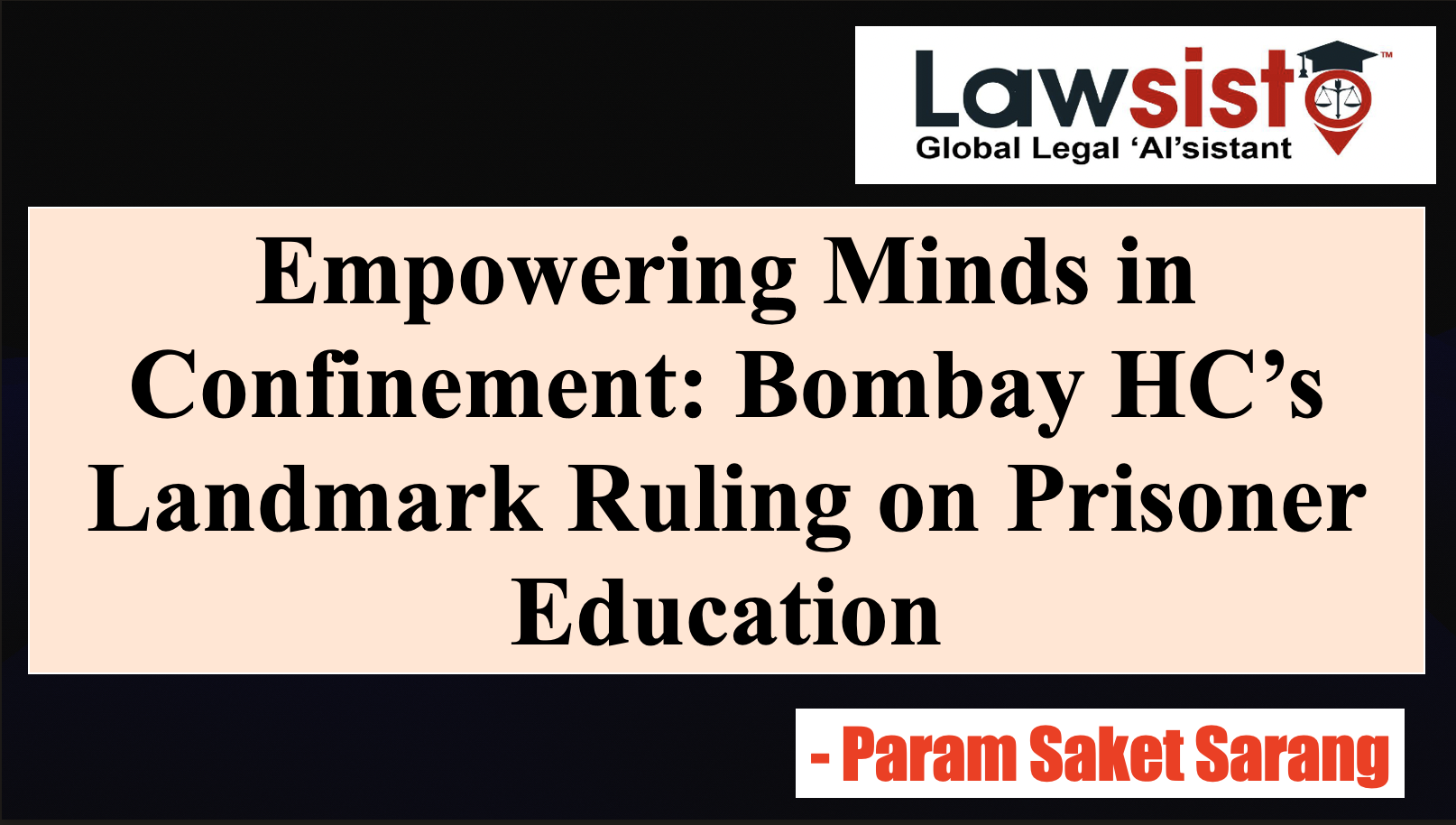
A PHP Error was encountered
Severity: Notice
Message: Undefined variable: r
Filename: views/legal_news.php
Line Number: 759
Backtrace:
File: /var/www/html/lawsisto/application/modules/welcome/views/legal_news.php
Line: 759
Function: _error_handler
File: /var/www/html/lawsisto/application/third_party/MX/Loader.php
Line: 357
Function: include
File: /var/www/html/lawsisto/application/third_party/MX/Loader.php
Line: 300
Function: _ci_load
File: /var/www/html/lawsisto/application/modules/welcome/views/layout/include.php
Line: 7
Function: view
File: /var/www/html/lawsisto/application/third_party/MX/Loader.php
Line: 357
Function: include
File: /var/www/html/lawsisto/application/third_party/MX/Loader.php
Line: 300
Function: _ci_load
File: /var/www/html/lawsisto/application/modules/welcome/controllers/Legal_news.php
Line: 145
Function: view
File: /var/www/html/lawsisto/index.php
Line: 315
Function: require_once
A PHP Error was encountered
Severity: Notice
Message: Trying to get property of non-object
Filename: views/legal_news.php
Line Number: 759
Backtrace:
File: /var/www/html/lawsisto/application/modules/welcome/views/legal_news.php
Line: 759
Function: _error_handler
File: /var/www/html/lawsisto/application/third_party/MX/Loader.php
Line: 357
Function: include
File: /var/www/html/lawsisto/application/third_party/MX/Loader.php
Line: 300
Function: _ci_load
File: /var/www/html/lawsisto/application/modules/welcome/views/layout/include.php
Line: 7
Function: view
File: /var/www/html/lawsisto/application/third_party/MX/Loader.php
Line: 357
Function: include
File: /var/www/html/lawsisto/application/third_party/MX/Loader.php
Line: 300
Function: _ci_load
File: /var/www/html/lawsisto/application/modules/welcome/controllers/Legal_news.php
Line: 145
Function: view
File: /var/www/html/lawsisto/index.php
Line: 315
Function: require_once
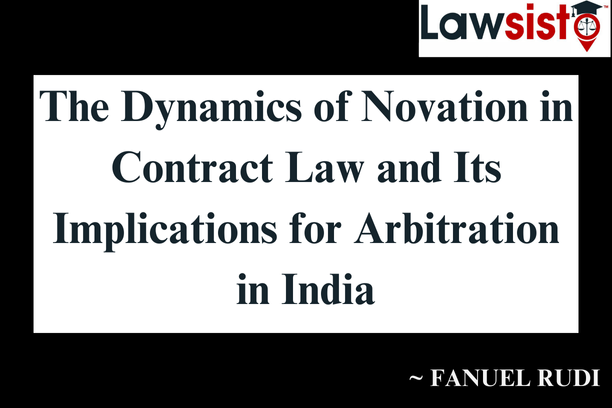
A PHP Error was encountered
Severity: Notice
Message: Undefined variable: r
Filename: views/legal_news.php
Line Number: 759
Backtrace:
File: /var/www/html/lawsisto/application/modules/welcome/views/legal_news.php
Line: 759
Function: _error_handler
File: /var/www/html/lawsisto/application/third_party/MX/Loader.php
Line: 357
Function: include
File: /var/www/html/lawsisto/application/third_party/MX/Loader.php
Line: 300
Function: _ci_load
File: /var/www/html/lawsisto/application/modules/welcome/views/layout/include.php
Line: 7
Function: view
File: /var/www/html/lawsisto/application/third_party/MX/Loader.php
Line: 357
Function: include
File: /var/www/html/lawsisto/application/third_party/MX/Loader.php
Line: 300
Function: _ci_load
File: /var/www/html/lawsisto/application/modules/welcome/controllers/Legal_news.php
Line: 145
Function: view
File: /var/www/html/lawsisto/index.php
Line: 315
Function: require_once
A PHP Error was encountered
Severity: Notice
Message: Trying to get property of non-object
Filename: views/legal_news.php
Line Number: 759
Backtrace:
File: /var/www/html/lawsisto/application/modules/welcome/views/legal_news.php
Line: 759
Function: _error_handler
File: /var/www/html/lawsisto/application/third_party/MX/Loader.php
Line: 357
Function: include
File: /var/www/html/lawsisto/application/third_party/MX/Loader.php
Line: 300
Function: _ci_load
File: /var/www/html/lawsisto/application/modules/welcome/views/layout/include.php
Line: 7
Function: view
File: /var/www/html/lawsisto/application/third_party/MX/Loader.php
Line: 357
Function: include
File: /var/www/html/lawsisto/application/third_party/MX/Loader.php
Line: 300
Function: _ci_load
File: /var/www/html/lawsisto/application/modules/welcome/controllers/Legal_news.php
Line: 145
Function: view
File: /var/www/html/lawsisto/index.php
Line: 315
Function: require_once

A PHP Error was encountered
Severity: Notice
Message: Undefined variable: r
Filename: views/legal_news.php
Line Number: 759
Backtrace:
File: /var/www/html/lawsisto/application/modules/welcome/views/legal_news.php
Line: 759
Function: _error_handler
File: /var/www/html/lawsisto/application/third_party/MX/Loader.php
Line: 357
Function: include
File: /var/www/html/lawsisto/application/third_party/MX/Loader.php
Line: 300
Function: _ci_load
File: /var/www/html/lawsisto/application/modules/welcome/views/layout/include.php
Line: 7
Function: view
File: /var/www/html/lawsisto/application/third_party/MX/Loader.php
Line: 357
Function: include
File: /var/www/html/lawsisto/application/third_party/MX/Loader.php
Line: 300
Function: _ci_load
File: /var/www/html/lawsisto/application/modules/welcome/controllers/Legal_news.php
Line: 145
Function: view
File: /var/www/html/lawsisto/index.php
Line: 315
Function: require_once
A PHP Error was encountered
Severity: Notice
Message: Trying to get property of non-object
Filename: views/legal_news.php
Line Number: 759
Backtrace:
File: /var/www/html/lawsisto/application/modules/welcome/views/legal_news.php
Line: 759
Function: _error_handler
File: /var/www/html/lawsisto/application/third_party/MX/Loader.php
Line: 357
Function: include
File: /var/www/html/lawsisto/application/third_party/MX/Loader.php
Line: 300
Function: _ci_load
File: /var/www/html/lawsisto/application/modules/welcome/views/layout/include.php
Line: 7
Function: view
File: /var/www/html/lawsisto/application/third_party/MX/Loader.php
Line: 357
Function: include
File: /var/www/html/lawsisto/application/third_party/MX/Loader.php
Line: 300
Function: _ci_load
File: /var/www/html/lawsisto/application/modules/welcome/controllers/Legal_news.php
Line: 145
Function: view
File: /var/www/html/lawsisto/index.php
Line: 315
Function: require_once

A PHP Error was encountered
Severity: Notice
Message: Undefined variable: r
Filename: views/legal_news.php
Line Number: 759
Backtrace:
File: /var/www/html/lawsisto/application/modules/welcome/views/legal_news.php
Line: 759
Function: _error_handler
File: /var/www/html/lawsisto/application/third_party/MX/Loader.php
Line: 357
Function: include
File: /var/www/html/lawsisto/application/third_party/MX/Loader.php
Line: 300
Function: _ci_load
File: /var/www/html/lawsisto/application/modules/welcome/views/layout/include.php
Line: 7
Function: view
File: /var/www/html/lawsisto/application/third_party/MX/Loader.php
Line: 357
Function: include
File: /var/www/html/lawsisto/application/third_party/MX/Loader.php
Line: 300
Function: _ci_load
File: /var/www/html/lawsisto/application/modules/welcome/controllers/Legal_news.php
Line: 145
Function: view
File: /var/www/html/lawsisto/index.php
Line: 315
Function: require_once
A PHP Error was encountered
Severity: Notice
Message: Trying to get property of non-object
Filename: views/legal_news.php
Line Number: 759
Backtrace:
File: /var/www/html/lawsisto/application/modules/welcome/views/legal_news.php
Line: 759
Function: _error_handler
File: /var/www/html/lawsisto/application/third_party/MX/Loader.php
Line: 357
Function: include
File: /var/www/html/lawsisto/application/third_party/MX/Loader.php
Line: 300
Function: _ci_load
File: /var/www/html/lawsisto/application/modules/welcome/views/layout/include.php
Line: 7
Function: view
File: /var/www/html/lawsisto/application/third_party/MX/Loader.php
Line: 357
Function: include
File: /var/www/html/lawsisto/application/third_party/MX/Loader.php
Line: 300
Function: _ci_load
File: /var/www/html/lawsisto/application/modules/welcome/controllers/Legal_news.php
Line: 145
Function: view
File: /var/www/html/lawsisto/index.php
Line: 315
Function: require_once

A PHP Error was encountered
Severity: Notice
Message: Undefined variable: r
Filename: views/legal_news.php
Line Number: 759
Backtrace:
File: /var/www/html/lawsisto/application/modules/welcome/views/legal_news.php
Line: 759
Function: _error_handler
File: /var/www/html/lawsisto/application/third_party/MX/Loader.php
Line: 357
Function: include
File: /var/www/html/lawsisto/application/third_party/MX/Loader.php
Line: 300
Function: _ci_load
File: /var/www/html/lawsisto/application/modules/welcome/views/layout/include.php
Line: 7
Function: view
File: /var/www/html/lawsisto/application/third_party/MX/Loader.php
Line: 357
Function: include
File: /var/www/html/lawsisto/application/third_party/MX/Loader.php
Line: 300
Function: _ci_load
File: /var/www/html/lawsisto/application/modules/welcome/controllers/Legal_news.php
Line: 145
Function: view
File: /var/www/html/lawsisto/index.php
Line: 315
Function: require_once
A PHP Error was encountered
Severity: Notice
Message: Trying to get property of non-object
Filename: views/legal_news.php
Line Number: 759
Backtrace:
File: /var/www/html/lawsisto/application/modules/welcome/views/legal_news.php
Line: 759
Function: _error_handler
File: /var/www/html/lawsisto/application/third_party/MX/Loader.php
Line: 357
Function: include
File: /var/www/html/lawsisto/application/third_party/MX/Loader.php
Line: 300
Function: _ci_load
File: /var/www/html/lawsisto/application/modules/welcome/views/layout/include.php
Line: 7
Function: view
File: /var/www/html/lawsisto/application/third_party/MX/Loader.php
Line: 357
Function: include
File: /var/www/html/lawsisto/application/third_party/MX/Loader.php
Line: 300
Function: _ci_load
File: /var/www/html/lawsisto/application/modules/welcome/controllers/Legal_news.php
Line: 145
Function: view
File: /var/www/html/lawsisto/index.php
Line: 315
Function: require_once

A PHP Error was encountered
Severity: Notice
Message: Undefined variable: r
Filename: views/legal_news.php
Line Number: 759
Backtrace:
File: /var/www/html/lawsisto/application/modules/welcome/views/legal_news.php
Line: 759
Function: _error_handler
File: /var/www/html/lawsisto/application/third_party/MX/Loader.php
Line: 357
Function: include
File: /var/www/html/lawsisto/application/third_party/MX/Loader.php
Line: 300
Function: _ci_load
File: /var/www/html/lawsisto/application/modules/welcome/views/layout/include.php
Line: 7
Function: view
File: /var/www/html/lawsisto/application/third_party/MX/Loader.php
Line: 357
Function: include
File: /var/www/html/lawsisto/application/third_party/MX/Loader.php
Line: 300
Function: _ci_load
File: /var/www/html/lawsisto/application/modules/welcome/controllers/Legal_news.php
Line: 145
Function: view
File: /var/www/html/lawsisto/index.php
Line: 315
Function: require_once
A PHP Error was encountered
Severity: Notice
Message: Trying to get property of non-object
Filename: views/legal_news.php
Line Number: 759
Backtrace:
File: /var/www/html/lawsisto/application/modules/welcome/views/legal_news.php
Line: 759
Function: _error_handler
File: /var/www/html/lawsisto/application/third_party/MX/Loader.php
Line: 357
Function: include
File: /var/www/html/lawsisto/application/third_party/MX/Loader.php
Line: 300
Function: _ci_load
File: /var/www/html/lawsisto/application/modules/welcome/views/layout/include.php
Line: 7
Function: view
File: /var/www/html/lawsisto/application/third_party/MX/Loader.php
Line: 357
Function: include
File: /var/www/html/lawsisto/application/third_party/MX/Loader.php
Line: 300
Function: _ci_load
File: /var/www/html/lawsisto/application/modules/welcome/controllers/Legal_news.php
Line: 145
Function: view
File: /var/www/html/lawsisto/index.php
Line: 315
Function: require_once
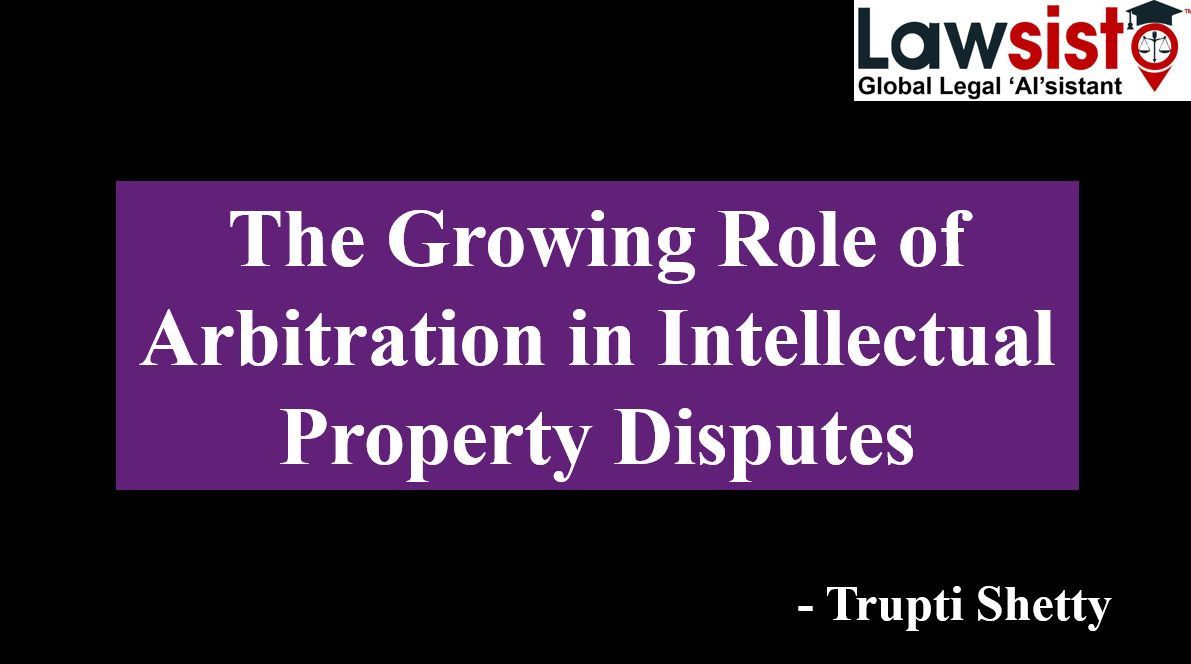
A PHP Error was encountered
Severity: Notice
Message: Undefined variable: r
Filename: views/legal_news.php
Line Number: 759
Backtrace:
File: /var/www/html/lawsisto/application/modules/welcome/views/legal_news.php
Line: 759
Function: _error_handler
File: /var/www/html/lawsisto/application/third_party/MX/Loader.php
Line: 357
Function: include
File: /var/www/html/lawsisto/application/third_party/MX/Loader.php
Line: 300
Function: _ci_load
File: /var/www/html/lawsisto/application/modules/welcome/views/layout/include.php
Line: 7
Function: view
File: /var/www/html/lawsisto/application/third_party/MX/Loader.php
Line: 357
Function: include
File: /var/www/html/lawsisto/application/third_party/MX/Loader.php
Line: 300
Function: _ci_load
File: /var/www/html/lawsisto/application/modules/welcome/controllers/Legal_news.php
Line: 145
Function: view
File: /var/www/html/lawsisto/index.php
Line: 315
Function: require_once
A PHP Error was encountered
Severity: Notice
Message: Trying to get property of non-object
Filename: views/legal_news.php
Line Number: 759
Backtrace:
File: /var/www/html/lawsisto/application/modules/welcome/views/legal_news.php
Line: 759
Function: _error_handler
File: /var/www/html/lawsisto/application/third_party/MX/Loader.php
Line: 357
Function: include
File: /var/www/html/lawsisto/application/third_party/MX/Loader.php
Line: 300
Function: _ci_load
File: /var/www/html/lawsisto/application/modules/welcome/views/layout/include.php
Line: 7
Function: view
File: /var/www/html/lawsisto/application/third_party/MX/Loader.php
Line: 357
Function: include
File: /var/www/html/lawsisto/application/third_party/MX/Loader.php
Line: 300
Function: _ci_load
File: /var/www/html/lawsisto/application/modules/welcome/controllers/Legal_news.php
Line: 145
Function: view
File: /var/www/html/lawsisto/index.php
Line: 315
Function: require_once
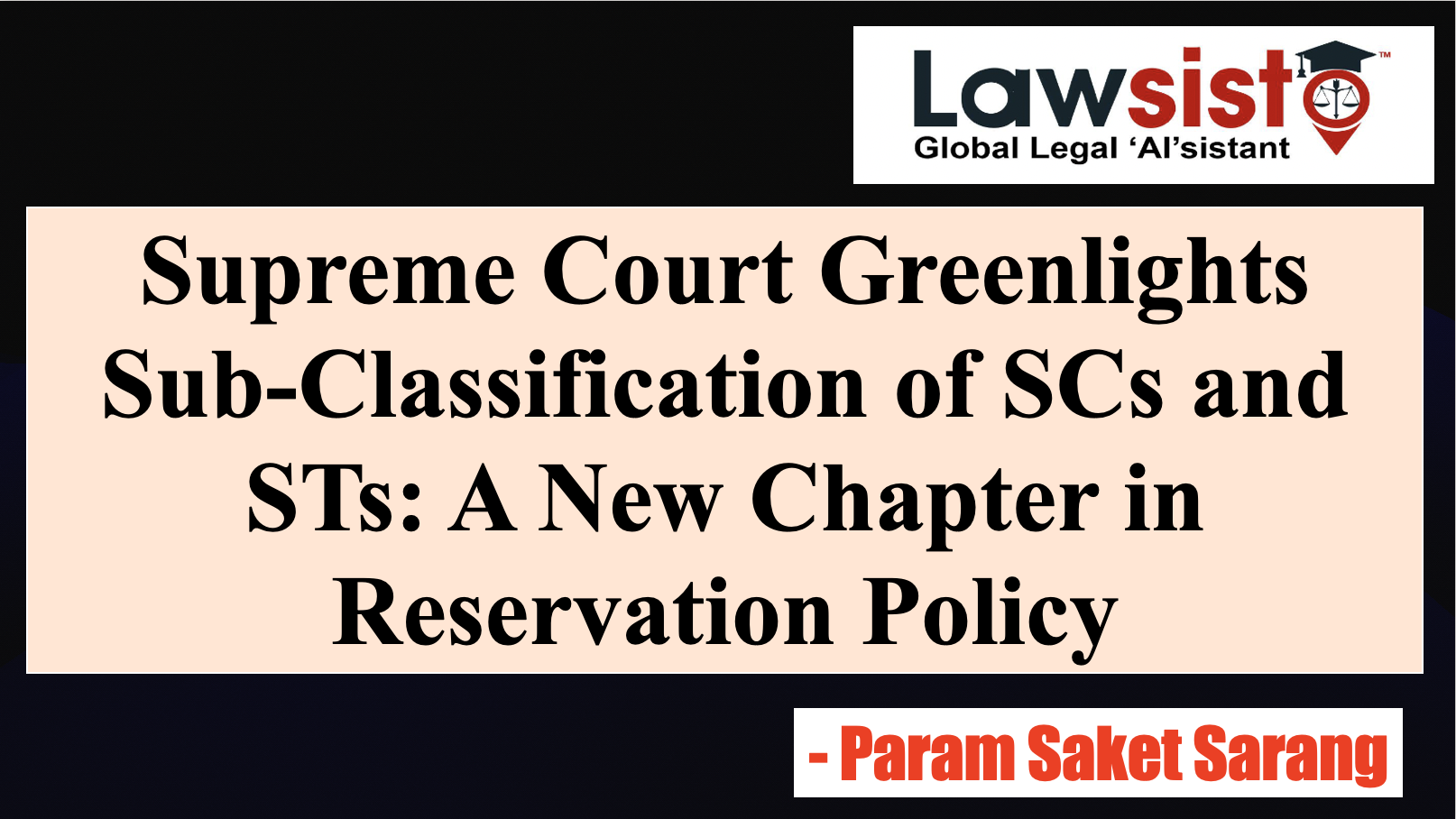
A PHP Error was encountered
Severity: Notice
Message: Undefined variable: r
Filename: views/legal_news.php
Line Number: 759
Backtrace:
File: /var/www/html/lawsisto/application/modules/welcome/views/legal_news.php
Line: 759
Function: _error_handler
File: /var/www/html/lawsisto/application/third_party/MX/Loader.php
Line: 357
Function: include
File: /var/www/html/lawsisto/application/third_party/MX/Loader.php
Line: 300
Function: _ci_load
File: /var/www/html/lawsisto/application/modules/welcome/views/layout/include.php
Line: 7
Function: view
File: /var/www/html/lawsisto/application/third_party/MX/Loader.php
Line: 357
Function: include
File: /var/www/html/lawsisto/application/third_party/MX/Loader.php
Line: 300
Function: _ci_load
File: /var/www/html/lawsisto/application/modules/welcome/controllers/Legal_news.php
Line: 145
Function: view
File: /var/www/html/lawsisto/index.php
Line: 315
Function: require_once
A PHP Error was encountered
Severity: Notice
Message: Trying to get property of non-object
Filename: views/legal_news.php
Line Number: 759
Backtrace:
File: /var/www/html/lawsisto/application/modules/welcome/views/legal_news.php
Line: 759
Function: _error_handler
File: /var/www/html/lawsisto/application/third_party/MX/Loader.php
Line: 357
Function: include
File: /var/www/html/lawsisto/application/third_party/MX/Loader.php
Line: 300
Function: _ci_load
File: /var/www/html/lawsisto/application/modules/welcome/views/layout/include.php
Line: 7
Function: view
File: /var/www/html/lawsisto/application/third_party/MX/Loader.php
Line: 357
Function: include
File: /var/www/html/lawsisto/application/third_party/MX/Loader.php
Line: 300
Function: _ci_load
File: /var/www/html/lawsisto/application/modules/welcome/controllers/Legal_news.php
Line: 145
Function: view
File: /var/www/html/lawsisto/index.php
Line: 315
Function: require_once
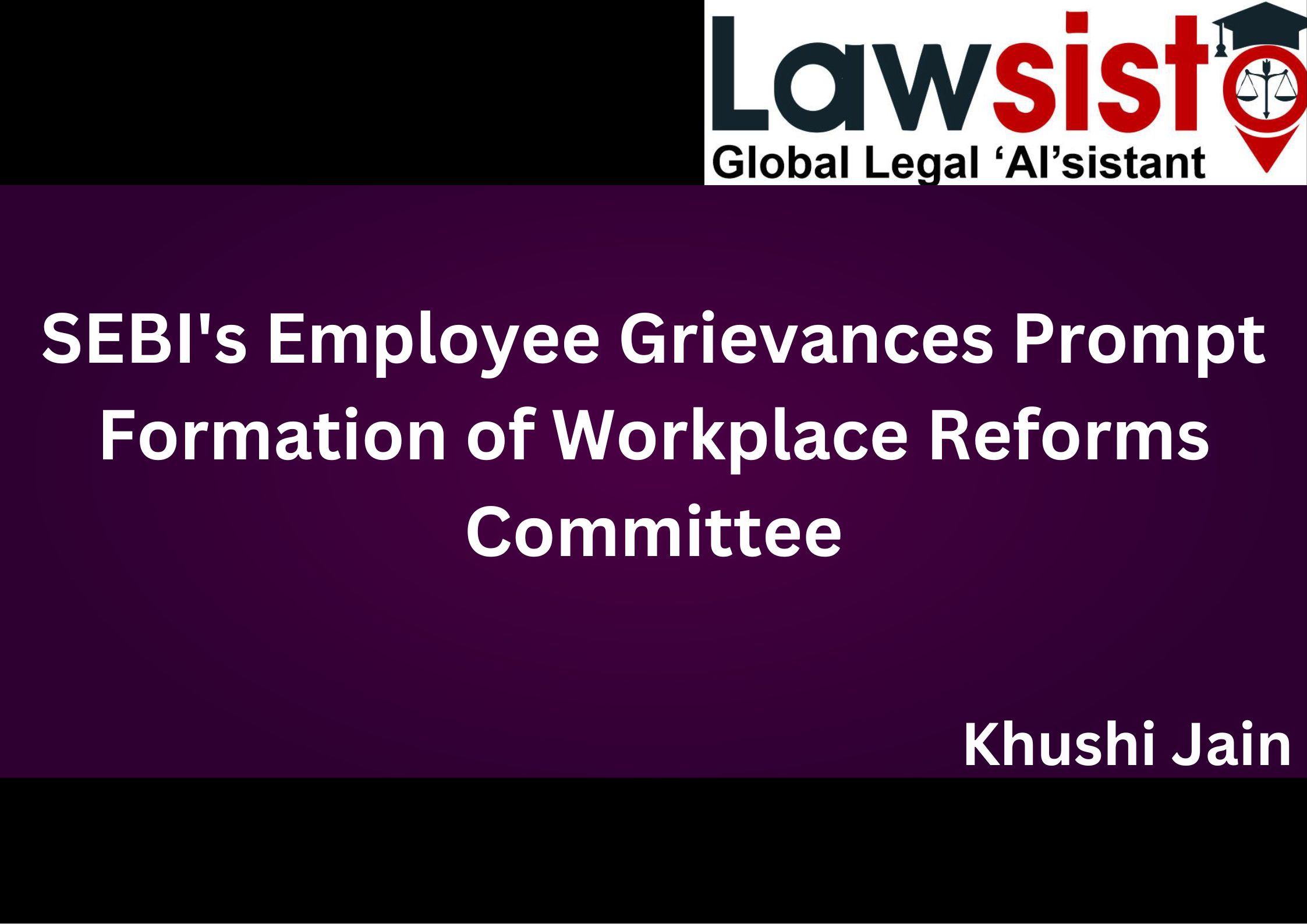
A PHP Error was encountered
Severity: Notice
Message: Undefined variable: r
Filename: views/legal_news.php
Line Number: 759
Backtrace:
File: /var/www/html/lawsisto/application/modules/welcome/views/legal_news.php
Line: 759
Function: _error_handler
File: /var/www/html/lawsisto/application/third_party/MX/Loader.php
Line: 357
Function: include
File: /var/www/html/lawsisto/application/third_party/MX/Loader.php
Line: 300
Function: _ci_load
File: /var/www/html/lawsisto/application/modules/welcome/views/layout/include.php
Line: 7
Function: view
File: /var/www/html/lawsisto/application/third_party/MX/Loader.php
Line: 357
Function: include
File: /var/www/html/lawsisto/application/third_party/MX/Loader.php
Line: 300
Function: _ci_load
File: /var/www/html/lawsisto/application/modules/welcome/controllers/Legal_news.php
Line: 145
Function: view
File: /var/www/html/lawsisto/index.php
Line: 315
Function: require_once
A PHP Error was encountered
Severity: Notice
Message: Trying to get property of non-object
Filename: views/legal_news.php
Line Number: 759
Backtrace:
File: /var/www/html/lawsisto/application/modules/welcome/views/legal_news.php
Line: 759
Function: _error_handler
File: /var/www/html/lawsisto/application/third_party/MX/Loader.php
Line: 357
Function: include
File: /var/www/html/lawsisto/application/third_party/MX/Loader.php
Line: 300
Function: _ci_load
File: /var/www/html/lawsisto/application/modules/welcome/views/layout/include.php
Line: 7
Function: view
File: /var/www/html/lawsisto/application/third_party/MX/Loader.php
Line: 357
Function: include
File: /var/www/html/lawsisto/application/third_party/MX/Loader.php
Line: 300
Function: _ci_load
File: /var/www/html/lawsisto/application/modules/welcome/controllers/Legal_news.php
Line: 145
Function: view
File: /var/www/html/lawsisto/index.php
Line: 315
Function: require_once
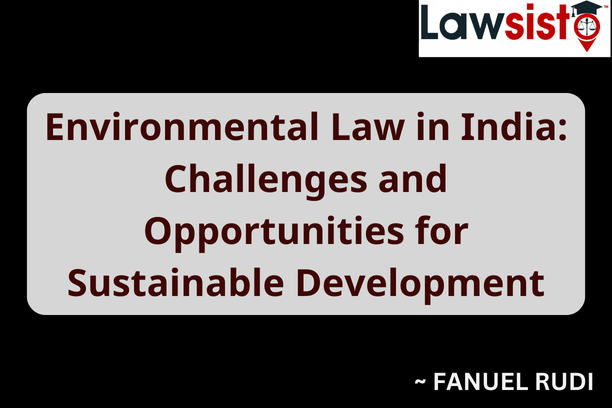
A PHP Error was encountered
Severity: Notice
Message: Undefined variable: r
Filename: views/legal_news.php
Line Number: 759
Backtrace:
File: /var/www/html/lawsisto/application/modules/welcome/views/legal_news.php
Line: 759
Function: _error_handler
File: /var/www/html/lawsisto/application/third_party/MX/Loader.php
Line: 357
Function: include
File: /var/www/html/lawsisto/application/third_party/MX/Loader.php
Line: 300
Function: _ci_load
File: /var/www/html/lawsisto/application/modules/welcome/views/layout/include.php
Line: 7
Function: view
File: /var/www/html/lawsisto/application/third_party/MX/Loader.php
Line: 357
Function: include
File: /var/www/html/lawsisto/application/third_party/MX/Loader.php
Line: 300
Function: _ci_load
File: /var/www/html/lawsisto/application/modules/welcome/controllers/Legal_news.php
Line: 145
Function: view
File: /var/www/html/lawsisto/index.php
Line: 315
Function: require_once
A PHP Error was encountered
Severity: Notice
Message: Trying to get property of non-object
Filename: views/legal_news.php
Line Number: 759
Backtrace:
File: /var/www/html/lawsisto/application/modules/welcome/views/legal_news.php
Line: 759
Function: _error_handler
File: /var/www/html/lawsisto/application/third_party/MX/Loader.php
Line: 357
Function: include
File: /var/www/html/lawsisto/application/third_party/MX/Loader.php
Line: 300
Function: _ci_load
File: /var/www/html/lawsisto/application/modules/welcome/views/layout/include.php
Line: 7
Function: view
File: /var/www/html/lawsisto/application/third_party/MX/Loader.php
Line: 357
Function: include
File: /var/www/html/lawsisto/application/third_party/MX/Loader.php
Line: 300
Function: _ci_load
File: /var/www/html/lawsisto/application/modules/welcome/controllers/Legal_news.php
Line: 145
Function: view
File: /var/www/html/lawsisto/index.php
Line: 315
Function: require_once

A PHP Error was encountered
Severity: Notice
Message: Undefined variable: r
Filename: views/legal_news.php
Line Number: 759
Backtrace:
File: /var/www/html/lawsisto/application/modules/welcome/views/legal_news.php
Line: 759
Function: _error_handler
File: /var/www/html/lawsisto/application/third_party/MX/Loader.php
Line: 357
Function: include
File: /var/www/html/lawsisto/application/third_party/MX/Loader.php
Line: 300
Function: _ci_load
File: /var/www/html/lawsisto/application/modules/welcome/views/layout/include.php
Line: 7
Function: view
File: /var/www/html/lawsisto/application/third_party/MX/Loader.php
Line: 357
Function: include
File: /var/www/html/lawsisto/application/third_party/MX/Loader.php
Line: 300
Function: _ci_load
File: /var/www/html/lawsisto/application/modules/welcome/controllers/Legal_news.php
Line: 145
Function: view
File: /var/www/html/lawsisto/index.php
Line: 315
Function: require_once
A PHP Error was encountered
Severity: Notice
Message: Trying to get property of non-object
Filename: views/legal_news.php
Line Number: 759
Backtrace:
File: /var/www/html/lawsisto/application/modules/welcome/views/legal_news.php
Line: 759
Function: _error_handler
File: /var/www/html/lawsisto/application/third_party/MX/Loader.php
Line: 357
Function: include
File: /var/www/html/lawsisto/application/third_party/MX/Loader.php
Line: 300
Function: _ci_load
File: /var/www/html/lawsisto/application/modules/welcome/views/layout/include.php
Line: 7
Function: view
File: /var/www/html/lawsisto/application/third_party/MX/Loader.php
Line: 357
Function: include
File: /var/www/html/lawsisto/application/third_party/MX/Loader.php
Line: 300
Function: _ci_load
File: /var/www/html/lawsisto/application/modules/welcome/controllers/Legal_news.php
Line: 145
Function: view
File: /var/www/html/lawsisto/index.php
Line: 315
Function: require_once